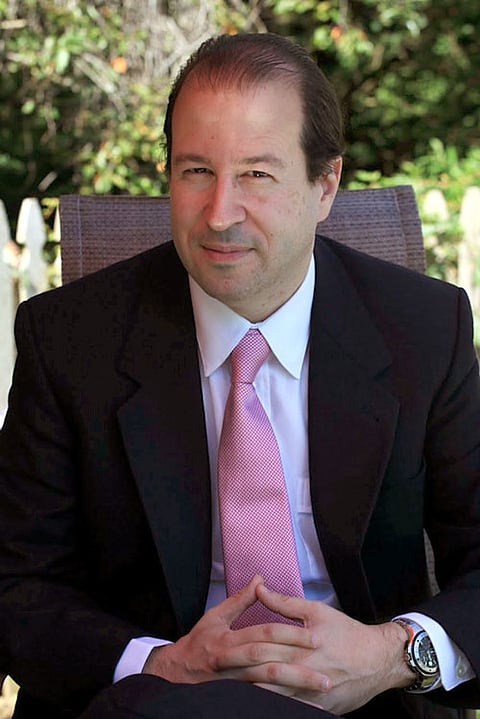Champagne Stocks and Bubbles
By Larry Greenfield
Having worked on Wall Street since the mid 1980s through the bull market of the 1990s and 2000s before leaving in the fall of 2011 I can honestly say I have seen it all – but have I? Time will tell though one thing I can do is give you, the reader the benefit of my experience. Bubbles, whether it was the stock bubble of 1987, the Technology/Internet (or "dot.com") of the late 1990s or the 2008 housing market bubble that popped nastily in 2008 have led to many lost dreams. Two questions continue to haunt investors, firstly how to protect your portfolio and second how to detect a bubble in the financial markets.
The first question is a much easier one to tackle. Most investors if they have learned anything must take a good hard look at themselves. Market data has shown that stock market participation has declined since 2008. What happened? From talking to people who work with retail investors many investors sold out into the decline as markets logged daily triple digit falls and since never reinvested leaving themselves on the outside as stock prices started to recover. Insiders will always tell you that small investors are notorious for "selling bottoms and buying tops," in other words selling investments at a loss and paying too much for stocks at the top.
People are fundamentally emotionally driven animals and often are not honest with themselves. What do I mean? When stocks are going up you can go to your nearest cocktail party and I am sure you can find a conversation where someone is boasting about his/her portfolio. On the other hand, I can assure you that more often than not those same people will panic out of their investment positions when the market declines and their silence I am positive will be deafening at the next party. When I talk to investors I often tell them if you cannot ride out a 40-50 percent decline in the stock market (and value of their portfolio) then you are likely over invested in stocks. A good solution is to diversify, whether it is stocks, bonds, real estate, precious metals and yes everyone should have a certain amount of cash or cash equivalent investments in their portfolio.
Turning to the issue of spotting bubbles I can only draw on my personal experience on how to detect bubbles. Sometimes they are small. Even today you can see a recent break in Bio technology stocks. Usually in such a break you will see an under performance in those stocks for an extended period of time. Detecting bubbles is far from an exact science having traded through the two previous bubble environments though they did have some characteristics in common. Both were preceded by prolonged periods of upward movement in the stock market as a whole. Most intriguing to me is that both were preceded by periods of enormous volatility. For example at the top of the Nasdaq dot.com bubble in the early 2000s there was a particular day when the index declined around 10 percent only to close around the unchanged mark at which it opened that morning. The summer before the 2008 was a period of severe declines followed by snap back recoveries. Anyone who lived through the crash of 1987 will tell you of warning signs in the weeks preceding black Monday that foretold the coming crash. Bottom line is to keep a cool head when others panic. Diversify your investments and remember that nobody ever went broke taking a profit.
Inspired by what you read?
Get more stories like this—plus exclusive guides and resident recommendations—delivered to your inbox. Subscribe to our exclusive newsletter
Resident may include affiliate links or sponsored content in our features. These partnerships support our publication and allow us to continue sharing stories and recommendations with our readers.

